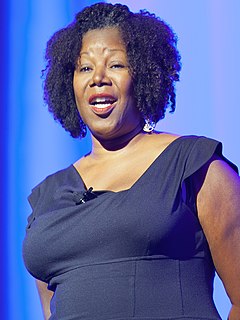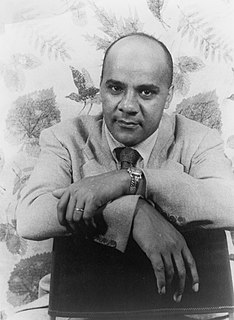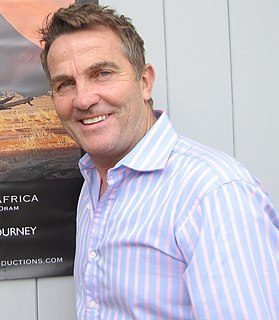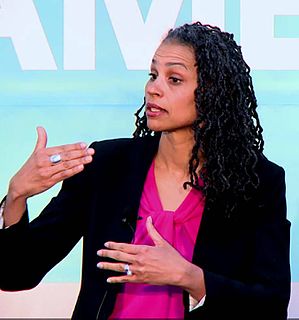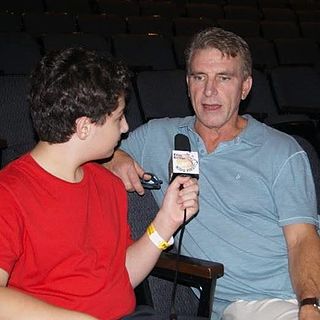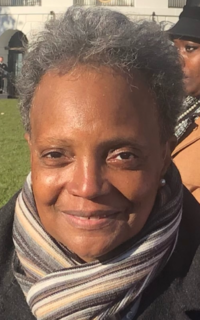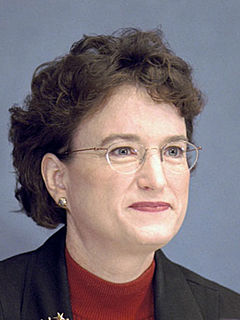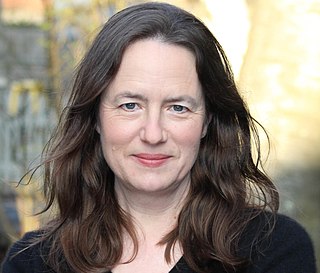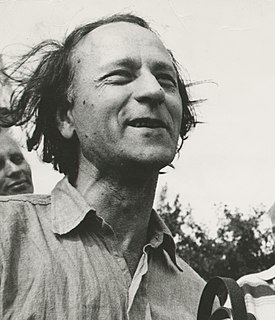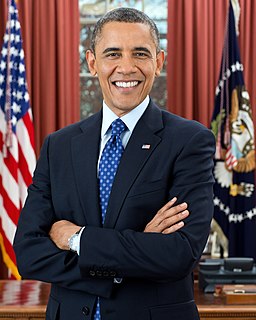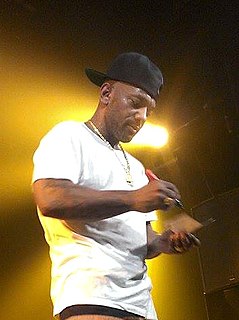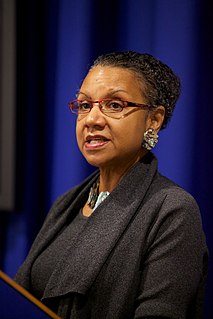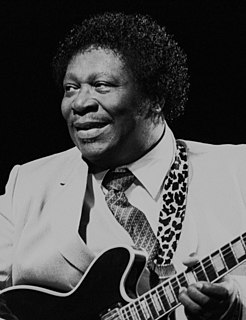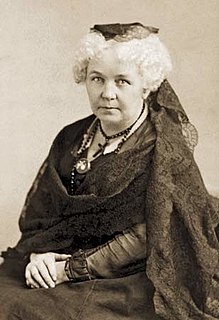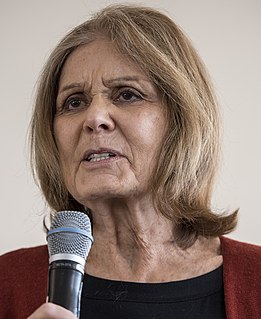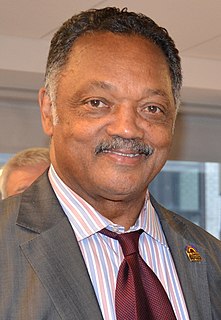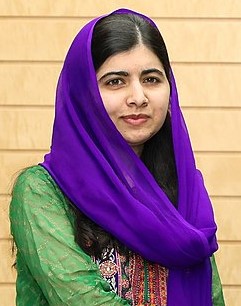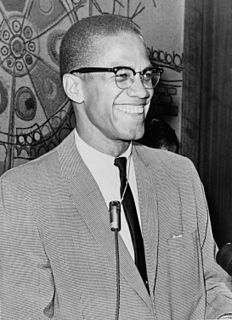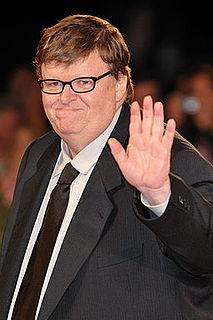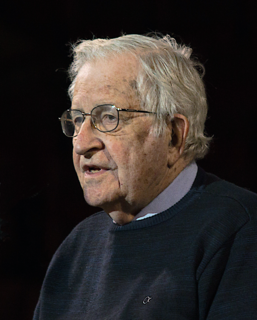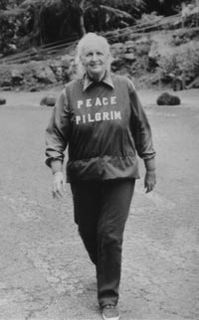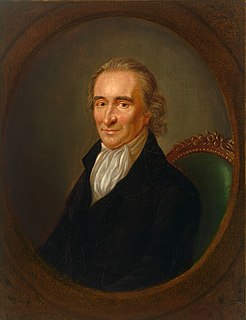A Quote by Ruby Bridges
I was the first black child to desegregate the all-white William Frantz Elementary School in Louisiana in 1960.
Quote Topics
Related Quotes
In the 1960s, Movement Conservatives created a cast of villains. The Brown v. Board decision in 1954 and President Eisenhower's use of troops to desegregate Little Rock Central High School in 1957 enabled Movement Conservatives to resurrect old white fears that government activism was simply a way to funnel white tax dollars to African-Americans.
I myself saw the great works of Western civilization for the first time in my high school in Lithuania in bad black-and-white reproductions on miserable paper. That was, for many years, what art was for me. But from those miserable black-and-white reproductions, I got something, something unmistakable.
Imagine if you had genuine, high-quality early-childhood education for every child, and suddenly every black child in America - but also every poor white child or Latino [child], but just stick with every black child in America - is getting a really good education. And they're graduating from high school at the same rates that whites are, and they are going to college at the same rates that whites are, and they are able to afford college at the same rates because the government has universal programs. So now they're all graduating.
When my family first moved to Hempstead in the 1960s, they were one of the first black families. It used to be an all-white neighborhood, but there was white flight when the black people with money started moving in. When I was, like, 13 or 14, Hempstead had just become all black, and the poverty became worse and worse.
One of the key things for me about Madame Walker's life is that she really does represent this first generation out of slavery when black people were reinventing themselves, and as a woman who was the first child in her family born free, she was trying to figure out a way, and she moved from Delta, Louisiana.
Back when we was in school in Mississippi, we had Little Black Sambo. That's what you learned: Anytime something was not good, or anytime something was bad in some kinda way, it had to be called black. Like, you had Black Monday, Black Friday, black sheep... Of course, everything else, all the good stuff, is white. White Christmas and such.
